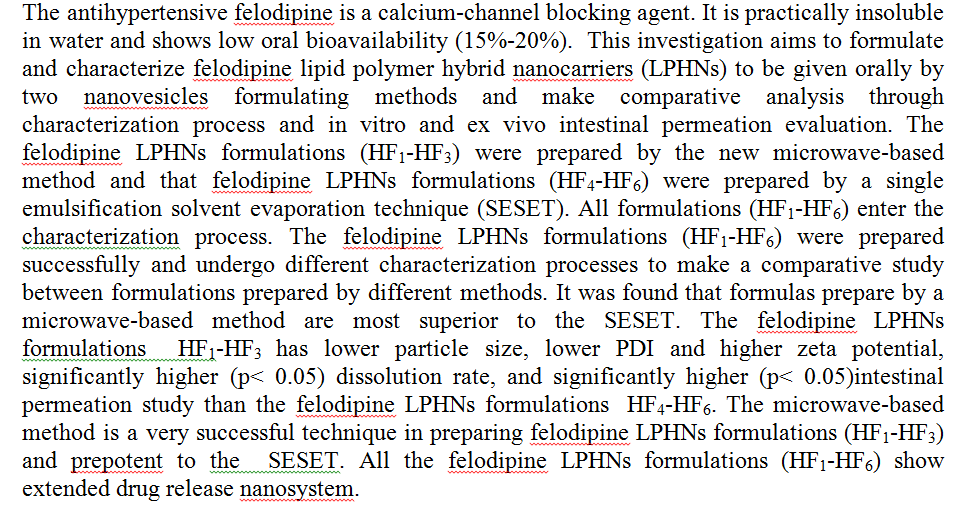This study aimed to investigate the influence of longitudinal steel embedded tubes located at the center of the column cross-section on the behavior of reinforced concrete (RC) columns. The experimental program consisted of 8 testing pin-ended square sectional columns of 150×150 mm, having a total height of 1400 mm, subjected to eccentric load. The considered variables were the steel square tube sizes of 25, 51 and 68 mm side dimensions and the load eccentricity (50 and 150) mm. RC columns were concealed steel tubes with hollow ratios of 3%, 12% and 20% depending on tube sizes used. The experimental results indicated an improvement in the overall behavior of eccentric columns when steel embedded tubes are used. The maximum gain in
... Show MoreThe main objective of this research is to design and select a composite plate to be used in fabricating wing skins of light unman air vehicle (UAV). The mechanical properties, weight and cost are the basis criteria of this selection. The fiber volume fraction, fillers and type of fiber with three levels for each were considered to optimize the composite plate selection. Finite element method was used to investigate the stress distribution on the wing at cruise flight condition in addition to estimate the maximum stress. An experiments plan has been designed to get the data on the basis of Taguchi technique. The most effective parameters at the process to be find out by employing L9
... Show MoreInherent fluctuations in the availability of energy from renewables, particularly solar, remain a substantial impediment to their widespread deployment worldwide. Employing phase-change materials (PCMs) as media, saving energy for later consumption, offers a promising solution for overcoming the problem. However, the heat conductivities of most PCMs are limited, which severely limits the energy storage potential of these materials. This study suggests employing circular fins with staggered distribution to achieve improved thermal response rates of PCM in a vertical triple-tube heat exchanger involving two opposite flow streams of the heat-transfer fluid (HTF). Since heat diffusion is not the same at various portions of the PCM unit,
... Show More (41)
(41)
 (39)
(39)
 (1)
(1)
Schiff base derived from PVA and Erythroascorbic acid derivative (pentulosono-ɣ-lactone-2, 3-enedianisoate) was synthesized and characterized by Thin Layer Chromatography (TLC) and FTIR spectra, aldehyde was also characterized by (U.V-Vis), 1HNMR, 13CNMR and mass spectra. The inhibitory effect of prepared polymer on the activity of human serum Cholinesrerase has been studied in vitro. The polymer showed a remarkable activity at low concentration (4.5*10-3 – 4.5*10-8 M).
 (1)
(1)
The quality of groundwater should be improved by keeping safe water sources from contaminants in protective way by doing regular measuring and checkup before it supplied for usage. Private Wells do not receive the same services that wells supplying the public do. Well owners are responsible for protecting their drinking water. This work was carried out in Badra city, Iraq from December 2017 to May 2018, six wells water were investigated to determine the general characteristics of wells as well as studying the effect of environmental factors on the quality of water. The average of six wells were eleven parameters that is out of permissible limits were EC, Sal., Alk., TH, TDS, Na, Ca, Cl, SO4, Fe, Zn (4402-5183 /cm, 2.76-3.9 ppt
... Show More (7)
(7)
 (2)
(2)
Background: Oral health represents an important base for human well-being; the heath of the body begins from oral cavity. Great deal has been applied to increase knowledge in the field of oral health in order to develop appropriate preventive program. This study was conducted in order to estimate the percentage and severity of dental caries and gingivitis among children attending Preventive Department in Collage of Dentistry, University of Baghdad and to determine dental treatment need for those patients, further more to study the relation of these variables with dental knowledge. Materials and Methods: The study group consists of 163 children with an age ranged from 6 to 14 years, who attended the preventive clinic for the first time to be
... Show MoreObjective(s): To evaluate and compare between Health Promotion Program for the Prevention of Epidemics at Primary Health Care Centers in Baghdad City.
Methodology: A descriptive study, using the evaluation and comparative approaches, is conducted to evaluate health promotion program for the prevention of epidemics at primary health care centers in baghdad city from October 15th 2019 through March 1st 2020. A purposive, non-probability, sample of (42) health promotion unit officers were recruited from the same number of primary health care centers which were divided into (14) main, (14) sub and (14) family medicine primary health care centers i
... Show More

